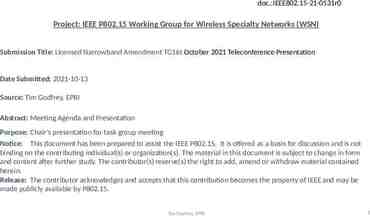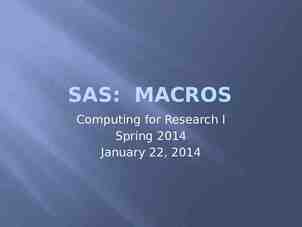Classical Conditioning Ivan Pavlov
8 Slides128.00 KB

Classical Conditioning Ivan Pavlov

Ivan Pavlov’s Failure Early 19 hundreds No restrictions on the type of research you could do. (PETA, IRB, ) Dog’s digestive track. Tube inserted into the dog’s stomach Given food, then saliva collected in a jar Timed the processing from start to finish. Complete Failure Dog’s would salivate all the time.

Ivan Pavlov’s Background Classically Educated Scientist Philosophy of Aristotle Learn through similarities Learn through differentiation Learn through contiguity One object is associated with another No logical relationship Objects are just PAIRED together.

Classical Conditioning Theoretical Model (Static) Stimulus Response Causal relationship between events Cookies baking smell hunger pangs Stimuli Cause of the response Types of Stimulus Unconditioned Stimulus (US) Natural cause of the response Conditioned Stimulus (CS) Unnatural cause of the response Neutral Stimulus (NS) Causes nothing

Classical Conditioning Responses Natural reaction to stimulus Characteristics of C.C. responses Involuntary Physiological Reflex Types of Responses Unconditioned Response (UR) Natural reaction to a stimulus Conditioned Response (CR) Unnatural reaction to a stimulus

Classical Conditioning Theoretical Model (Dynamic) Stage 1: US Meat Stage 2: US Stage 3: UR Saliva NS Meat Bell CS UR Saliva CR Bell Saliva

Classical Conditioning Methods for Associating Repetition Meat & Bell, over and over again Profound Experience Usually a trauma Near death experience “Our Song”

Classical Conditioning Features of Classical Conditioning Generalization Stimulus is close enough to CS that it causes a CR. Glass clinking causes dogs to salivate Discrimination Stimulus is different enough from CS that it doesn’t cause a CR. Key chain does not cause dogs to salivate Extinction Continued presentation of the CS without the US






